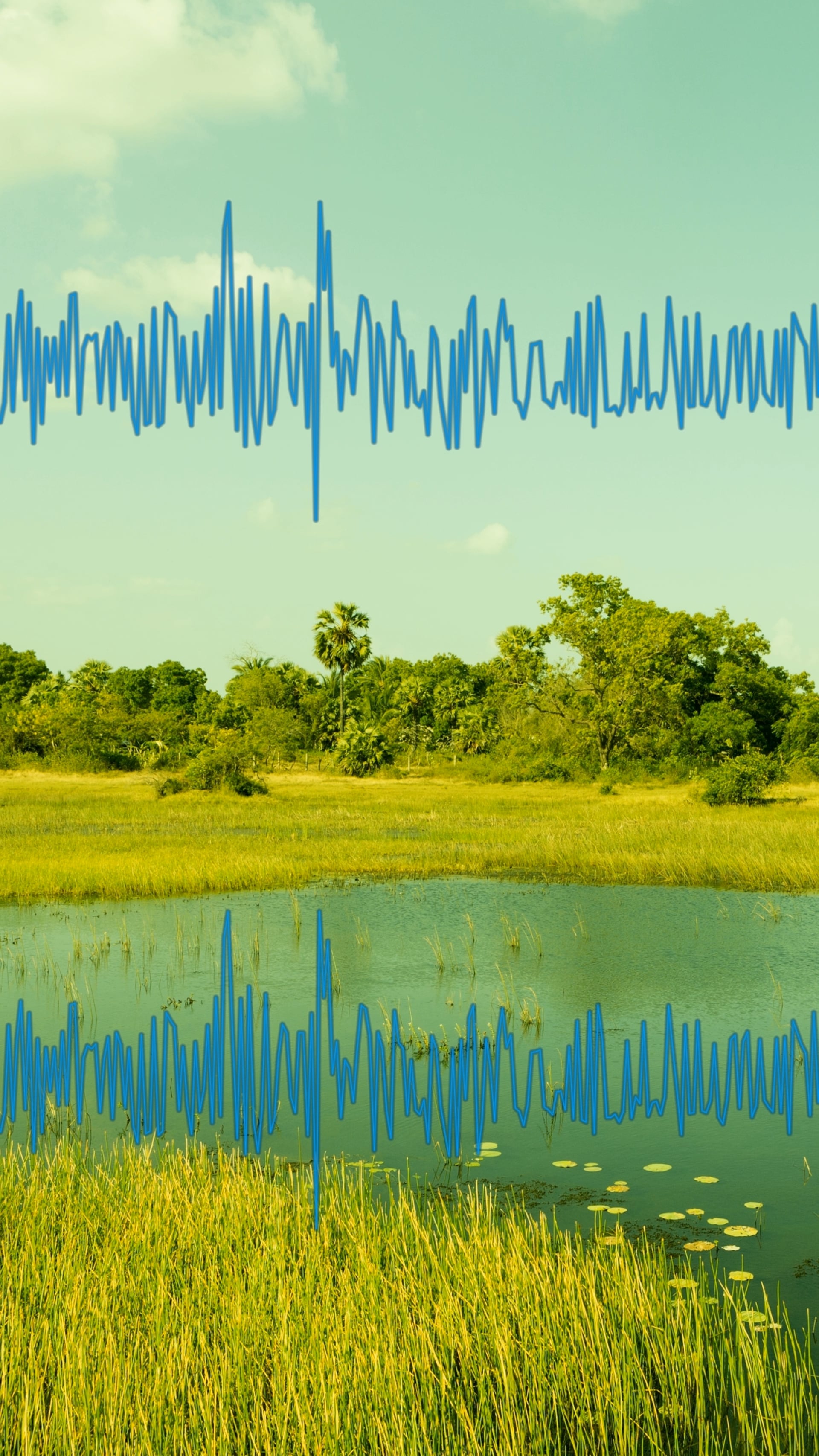Not so white: Regained territories #7, 2017
iSpeech
Video x 8 (in MP4 format with no sound, video graphics + digital photographs)
120 seconds on loop
Commissioned by Campbelltown Arts Centre for Another Day in Paradise
Part of Sydney Festival 2017
............................
Not so white: regained territories
All tremble at violence; all fear death. Putting oneself in the place of another, one should not kill nor cause another to kill. (The Dhammapada, 129, Siddhartha Gautama, 563 – 483 BCE)
All tremble at violence; life is dear to all. Putting oneself in the place of another, one should not kill nor cause another to kill. (The Dhammapada, 129, Siddhartha Gautama, 563 – 483 BCE)
Life is precious. The sanctity of life is a given within society. It is echoed in advertising, in reality shows, religious discussions, political speeches, essays, and so on. This vast discourse on life is largely hopeful; life is viewed as a journey which is filled with potential for joy. The notion that life is precious underpins a wide spectrum of beliefs, ranging from worldly to spiritual. The parameters set by societies in relation to this notion have been inextricably linked with significant milestones in the progress of humans and extending beyond humans to encompass all other beings in certain instances.
Coming into being entails impending cessation of being. However, despite the fact that death is inherent to life, it is not necessarily a process with comfort for the one experiencing it and those who feel for them. For many, death is a result of the common trajectory of life from birth through to cessation. For some others, however, it is forced through deliberate human action. The latter is what societies have primarily struggled to reconcile themselves with through the course of human history.
To be forced to the boundary of death at the hands of another encompasses a myriad of emotions from total vulnerability to a guttural longing for life. It is perhaps the ultimate experience of loss of self. For one who is forced beyond that point, we have no means of knowing the violence inflicted.
Everyone has the right to life, liberty and security of person. (The Universal Declaration of Human Rights (Article 3), The United Nations, 1948)
The right to life is a moral principle and a social contract, founded on the tenet that a human shall not be killed by another human. Human societies across millennia and across different geographical regions have attempted to define the parameters of this principle. The law continues to evolve as humans continue to grapple with this issue. However, the more pressing issue has always been connected to death; to be precise, the question of who, if anyone – an individual or an institution – has the right to take another’s life or should anyone be given that right. Evolving responses to this question continue to re-calibrate the principles of the human societies and the different justice systems.
The Sri Lankan state’s war in the predominantly Tamil North of the island continued for over 30 years with loss of tens of thousands of lives. The United Nations estimated that over 70,000 (Report of the Secretary-General’s Internal Review Panel on United Nations Actions in Sri Lanka, The United Nations, 2012) Tamil civilians were killed in the final stage of the Sri Lankan state’s offensive against the armed militancy of the Tamil Tigers (Liberation Tigers of Tamil Eelam) in 2009. It was noted for the extensive and indiscriminate use of artillery, shelling and aerial bombing. Many reports of civilian and militant surrenderers being eliminated by the military surfaced. The white flag, a simultaneous symbol of surrender and refuge borne by many a group surrendering to the state military forces seemed to have failed utterly in protecting its bearers. Does this reflect an instance of the fragility of the underlying values and universal governing principles of humanity?
Soon after the war ended, there was an influx of tourists from the Buddhist-Sinhala South into the Tamil lands of the North, which had been inaccessible to them during the decades of the armed conflict. War ‘relics’ became the backdrops for photographs. Social media was awash with colourful photographs of the battered yet picturesque regained territories that the local tourists brought back. In the company of some Tamil friends, in 2015, I traveled across the Northern Province with my children. A few families who had returned from the camps for the internally displaced persons spoke with me. Anandi who embroiders sarees for the markets as a member of a grassroots collective of women trying to rebuild their lives said “sounds of the war are still echoing” in her ears.
source








Gloss